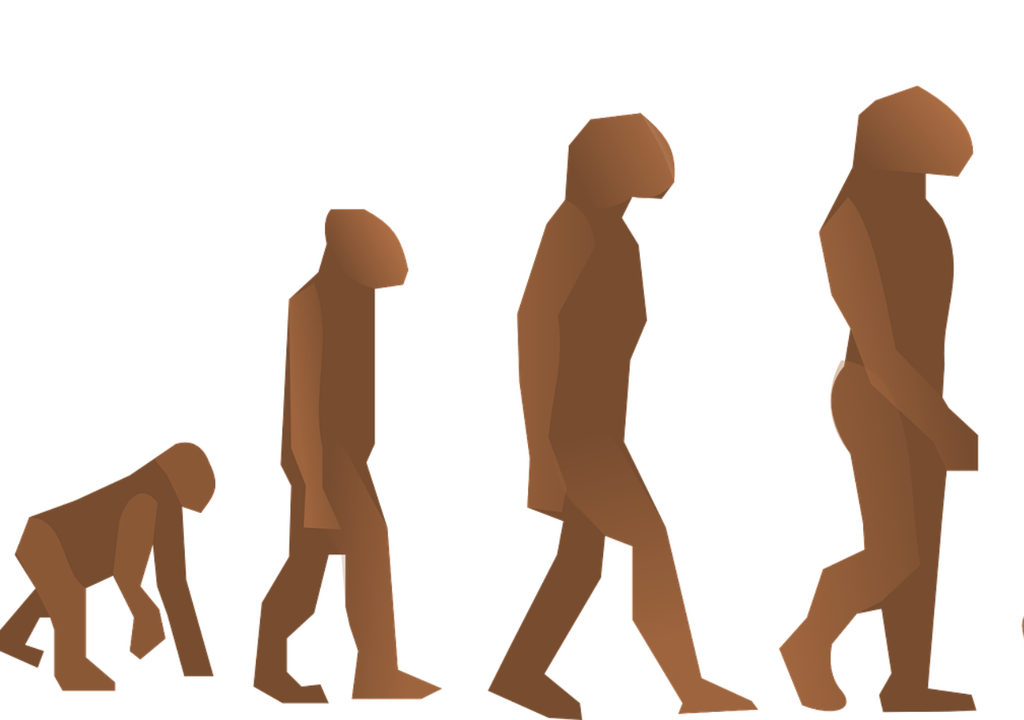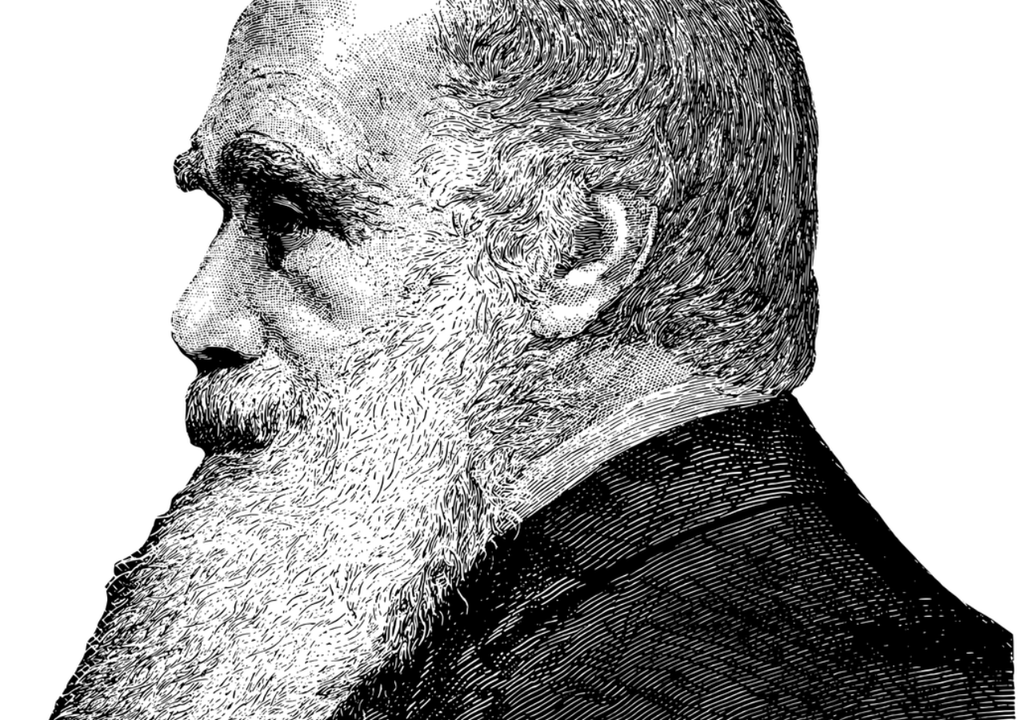Darwin’s fear was unjustified: Evolutionary history with an incomplete fossil record
A new study on how the incompleteness of the fossil record affects how we reconstruct evolutionary history proves that Darwin’s fears for his theory of evolution are unjustified.

Fossils are used to reconstruct the Earth’s evolutionary history, but not all organisms become fossils, and some are destroyed before they can be found. Because of this, the fossil record has gaps and is incomplete, meaning we are missing some information to reconstruct evolutionary history.
A team of sedimentologists and stratigraphers from the United Kingdom and the Netherlands have analysed how the incompleteness of the fossil record influences how we reconstruct evolutionary history. To their surprise, their findings, published in the journal BMC Ecology and Evolution, found that incompleteness is not a huge issue after all.

“It’s as if you are missing half of a movie. If you are missing the second half, you can’t understand the story, but if you are missing every second frame, you can still follow the plot without problems. The regularity of the gaps, rather than the incompleteness itself, is what determines the reconstruction of evolutionary history,” said Niklas Hohmann of the Utrecht University’s Faculty of Geosciences, who led the study. “If a lot of data is missing, but the gaps are regular, we could still reconstruct evolutionary history without major problems, but if the gaps get too long and irregular, results are strongly biased.”
Charles Darwin's fears
Since Charles Darwin published the theory of evolution, the gaps and incompleteness of the fossil record have been considered problematic when reconstructing evolutionary history from the fossil record. Charles Darwin was afraid that this theory his theory would not be recognisable within the fossil record due to its incompleteness.
“Our results show that this fear is unjustified. We have a good understanding of where the gaps are, how long they are and what causes them. With this geological knowledge, we can reconstruct evolution hundreds of millions of years ago at an unprecedented temporal resolution,” said Niklas Hohmann.
Computer Simulations
Computer simulations of geological processes could be used to analyse the effects the incompleteness of the fossil record could have. Hohmann and the team combined different simulations of evolution with depositions of carbonate strata to look at how well the mode of evolution can be seen and recovered from the fossil time series. They also looked at how the test results could vary between different positions in the carbonate platform and stratigraphic architectures that could be generated by different sea-level curves.
“If Darwin could read the article, he would certainly be relieved: his theory has proven robust to the vagaries of the rock record. Deep-time fossil data – however incomplete – supports our understanding of the mode and tempo of evolution.”
Source of the news:
Hohmann, Niklas; Koelewijn, Joël R.; Burgess, Peter; Jarochowska, Emilia, ‘Identification of the mode of evolution in incomplete carbonate successions’, BMC Ecology and Evolution 24, 113 (2024). DOI: https://doi.org/10.1186/s12862-024-02287-2








